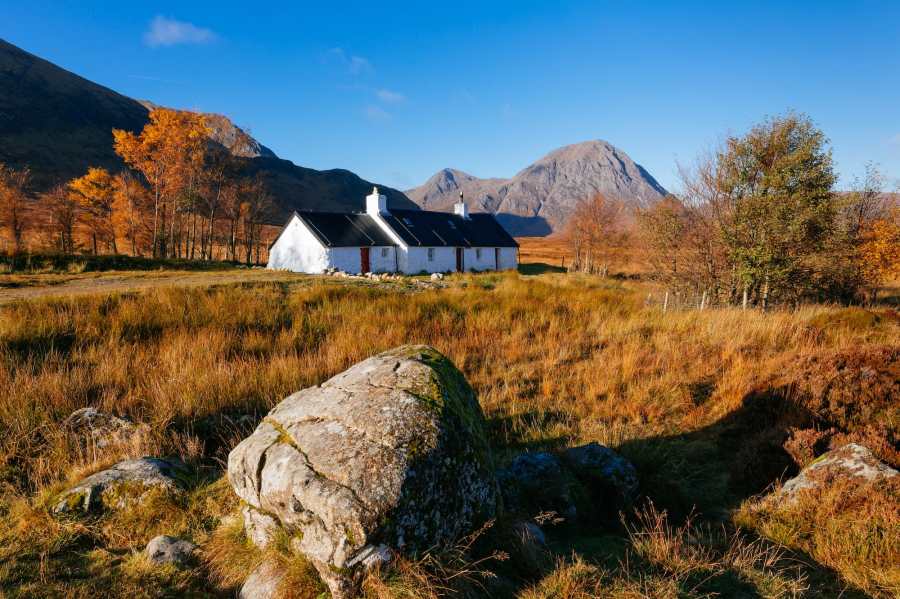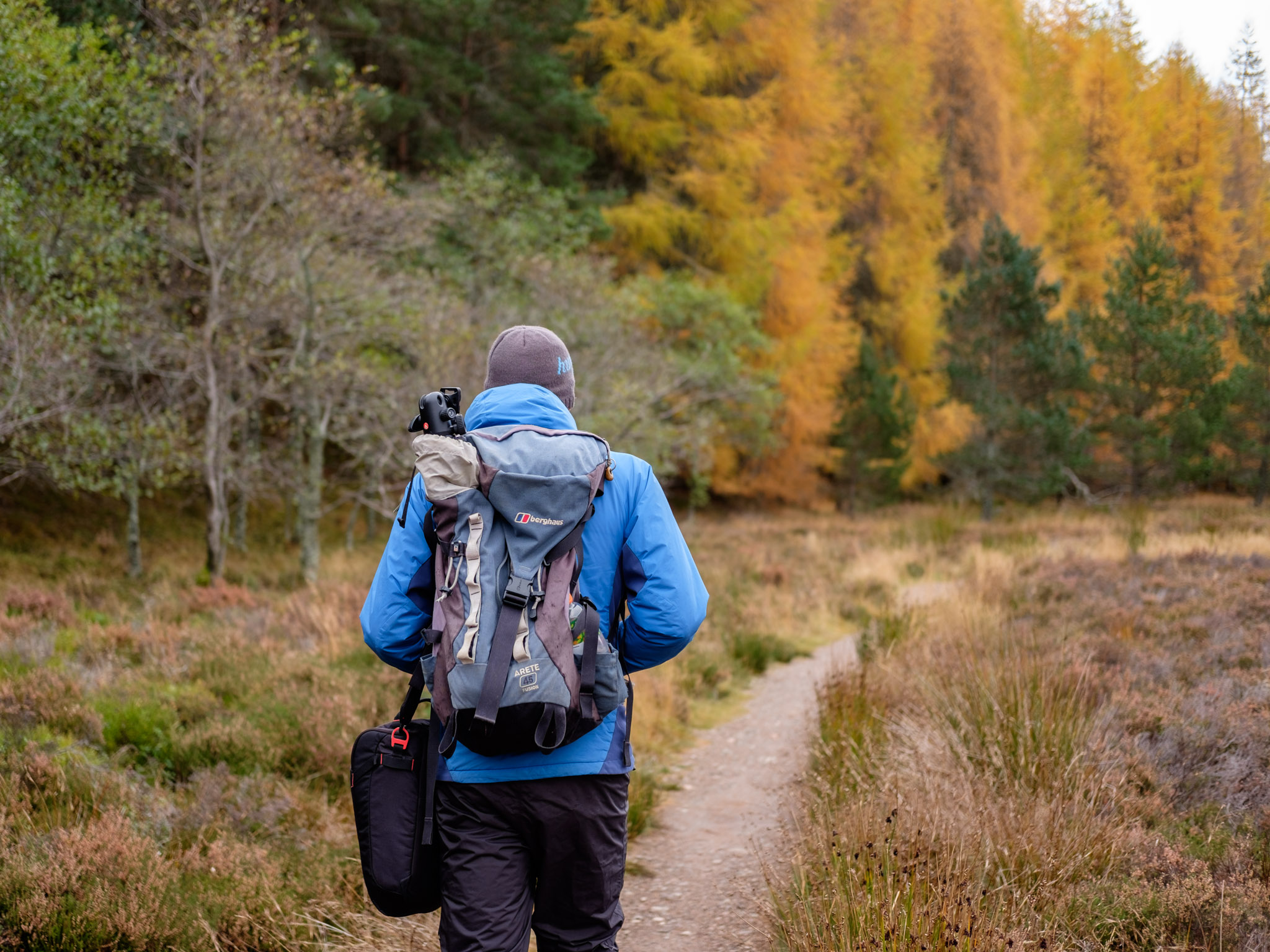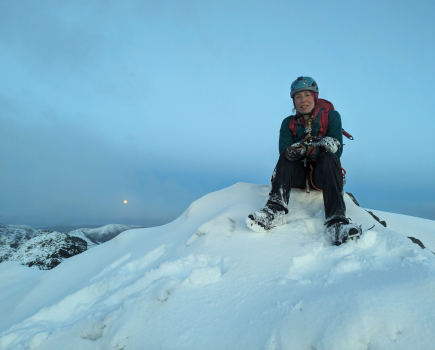Today marks the autumn equinox – the end of astronomical summer and the first day of autumn. Here’s why hillwalkers everywhere are rubbing their hands together in glee
1. No midges
Midges are the scourge of mountain walking during the summer months. They’re at their worst in the Highlands, but can be found in Welsh cwms and buzzing around Lakeland tarns. They generally die off after the first frost – usually at some point in September. We won’t be sad to see them go.
2. Fewer ticks
Although climate change is extending the seasonal range of ticks – arguably Britain’s most dangerous mountain animal – they don’t like frosts and their numbers decrease as the midges die off. Here’s how to deal with ticks.
3. Those colours
Watching the reds, golds and browns of autumn develop is a true pleasure. Hillwalking photographers often say that June and July are dull months in the mountains – all that green can get monotonous – but once the purple glow of the heather dies back we can be assured of more good things to come. Even if photography isn’t your thing, who could fail to be inspired by a forest ablaze with autumn colour?
4. No more sweaty ascents
In summer’s humid warmth, a long haul up a steep, pathless hillside can feel like purgatory. In winter you might need a fleece and gloves, and you’ll be carrying a bigger pack. Autumn is the sweet spot: the weather’s cooler, but you probably won’t need ice axe, crampons, and all the other winter tackle.
5. Roaring stags
The breeding season of Britain’s red deer – the rut – occurs from late September to early November. During this period, stags can be heard roaring and bellowing in the mountains. It’s a truly special thing to hear on a still morning, and if you’re lucky you might see stags fighting for the right to mate.
6. Better weather
This is a controversial one, because autumn is also renowned for gales and endless low-pressure zones coming in off the Atlantic, but a spell of calm, settled weather in autumn is not uncommon. After the seemingly endless drizzle and low cloud of late summer, it can feel like heaven. If it arrives, make the most of it!
7. Better wild camps
With an earlier sunset and later sunrise, many believe that autumn hits the sweet spot for wild camping. You won’t need your winter sleeping bag rated to -12˚C or five spare hats, but it’s easier to justify the comfier sleeping mat and hip flask of whisky. And if you’re on a hilltop in the far north of Scotland, you just might be lucky enough to see a hint of the aurora.
Header image © Shutterstock / ANADMAN BVBA










